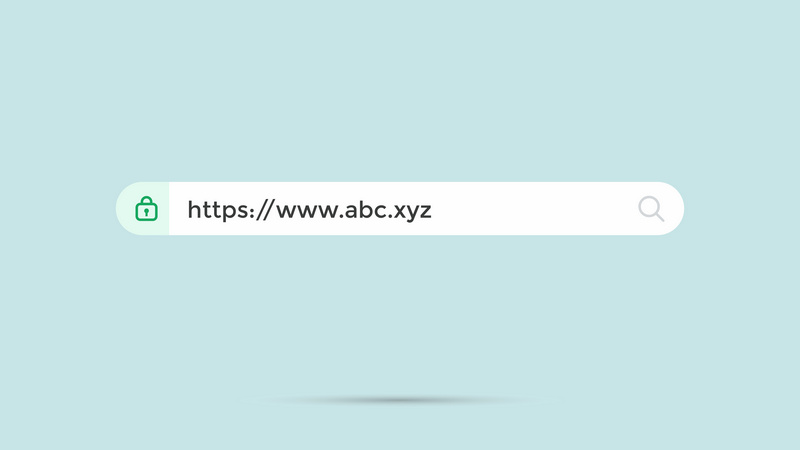Checking for secure connections (HTTPS).

Looking for secure connections indicated by HTTPS is crucial for ensuring your data’s safety when browsing the internet. Here’s what it means and why it’s important:
What is HTTPS?
HTTPS (Hypertext Transfer Protocol Secure) is an extension of HTTP, the protocol used for transferring data between your browser and the websites you visit. The “S” at the end of HTTPS stands for “Secure,” indicating that the data sent between your browser and the website is encrypted using SSL/TLS (Secure Sockets Layer/Transport Layer Security).
Key Benefits of HTTPS
- Encryption:
- Explanation: HTTPS encrypts the data exchanged between your browser and the website, making it unreadable to anyone who might intercept the communication, such as hackers.
- Why It’s Important: This protects sensitive information like login credentials, credit card numbers, and personal details from being stolen.
- Sources:
- Authentication:
- Explanation: HTTPS ensures that you are communicating with the intended website and not an imposter site set up by attackers.
- Why It’s Important: This helps prevent man-in-the-middle attacks where malicious actors could intercept or alter the communication between you and the website.
- Sources:
- Data Integrity:
- Explanation: HTTPS protects data from being modified or corrupted during transfer between your browser and the website.
- Why It’s Important: Ensures that the information you receive and send is not tampered with.
- Sources:
How to Check for HTTPS:
- Look for the Padlock Icon:
- Explanation: In your browser’s address bar, a padlock icon indicates a secure HTTPS connection.
Why It’s Important: It visually confirms that the site is using encryption to protect your data. - Sources:
- Check the URL:
- Explanation: Ensure the URL starts with “https://” instead of “http://”.
- Why It’s Important: This indicates that the connection is secure and encrypted.
- Sources:
Conclusion
Using HTTPS is essential for protecting your data online. Always look for HTTPS and the padlock icon in the address bar to ensure your connection is secure, especially when entering sensitive information. By doing so, you can significantly reduce the risk of your data being intercepted, modified, or stolen.